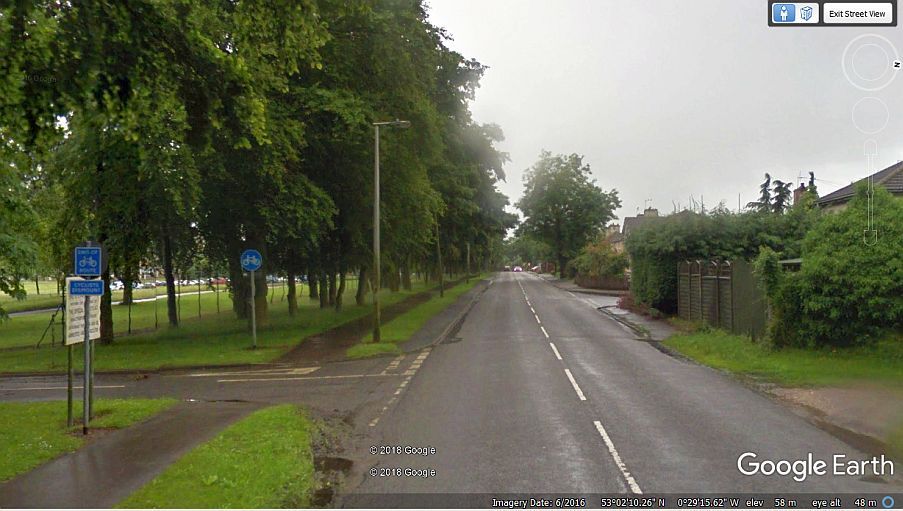ghughesarch
Devoted Cultist
- Joined
- Jul 30, 2009
- Messages
- 165
The OS 1:25,000 map does mark the road as going through the "medieval village of Dunsby (site of)" though, at the point where it's roughly level with Ruskington.
Came across this footnote in George Oliver, “History of the Holy Trinity Guild at Sleaford, with an Account of Its Miracle Plays, Religious Mysteries, and Shows, As Practised in the Fifteenth Century”, 1837. P20, fn44:
"Gibson in his additions to Camden [ie the 1695 edition of Camden’s “Britannia”] mentions a hall at Dunsby, ''three miles north of Sleaford;" but all tradition of such a building is lost among the inhabitants of this district, except that the site had the reputation of being haunted, and the ghost was designated by the familiar soubriquet of " Dicky Dunsby." "
The site of Dunsby is right at the junction of the A15 with the road for Ruskington. It is a scheduled ancient monument and the description is at this link: https://historicengland.org.uk/listing/the-list/list-entry/1018395
Interesting that there is a record, 150+ years earlier than the This Morning flap, of a tradition that the site was haunted.



 )
)